
What Do Brown Anoles Eat?. Anolis sagrei, the brown anole, lives throughout the Caribbean and the southernmost portions of the United States. These small, brown lizards feed primarily on insects, although they will also dine on other smaller reptiles if they can catch them. Brown anoles grow to about 9 inches long, limiting their prey choices to smaller creatures that fit within the animal's bite radius.
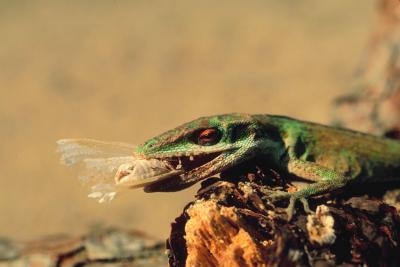
Anoles in captivity and in the wild eat crickets. The diurnal lizards spend a portion of their day sunning themselves and grow more active as evening approaches. Their wakeful period coincides with that of many cricket species. The lizards prefer prey that fits easily into their mouths, yet supplies enough nutrition to make the prey worth the energy that the lizard expends to hunt it. Crickets fit the bill on both counts, supplying an adult anole with sufficient calories to make a large meal.
While their smaller mouths cannot manage large winged insects such as cecropia moths or tiger swallowtail butterflies, brown anoles hunt smaller species of Lepidoptera. The wings of larger species present a problem for swallowing, but the anoles eat smaller species' wings as well as the insects' soft bodies. During evening hours, the lizards may lie in wait near light sources so they can feed on the first moths to arrive.
The brown anole's territory overlaps that of cockroach species large and small. A large American cockroach or palmetto bug grows up to 2 inches long, putting this species well outside the range of what a brown anole would consider food. The lizards will feast on the half-inch-long German cockroach and on the similarly small, bright-green Cuban cockroach. Lizard owners who eschew pesticides and who find a small roach in their homes can feed them to their pets.
Brown anoles make no distinction between insects and arachnids. They will eat spiders as readily as they dine on insects. While the reptiles typically leave the most venomous species alone, they eat the crab spiders and jumping spiders that share their territory. Smaller wolf spiders may also find themselves on the brown anole's menu, although large wolf spiders intimidate all but the largest lizard.
Although they prefer an insectivorous diet, brown anoles do eat smaller lizards when they can catch them. Insects are more plentiful and less energy-intensive to catch, but if a brown anole encounters a wounded or molting lizard, it will take advantage of the large, easy meal. Brown anoles will even cannibalize their own species, devouring other anoles if the smaller creatures present an appealing enough opportunity. Cannibalism appears to happen more frequently in areas with dense anole populations.
Brown anoles' tails detach readily and fairly bloodlessly; this fragile tail is an evolutionary adaptation that lets the rest of the lizard escape as a predator focuses on the still-writhing tail. Should the lizard's tail snap off without a predator to eat it, the lizard will eat its own severed tail. Anoles also eat their own shed skin. The protein boost gives the creature energy as it removes evidence of the animal's vulnerable post-molt state.
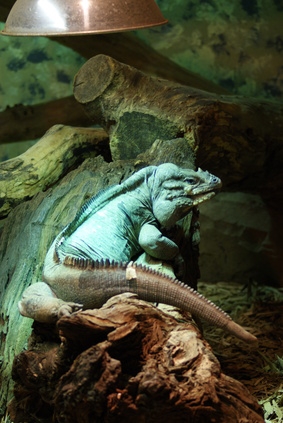 List of Reptiles that have Spikes on their Tails
List of Reptiles that have Spikes on their Tai
List of Reptiles that have Spikes on their Tails
List of Reptiles that have Spikes on their Tai
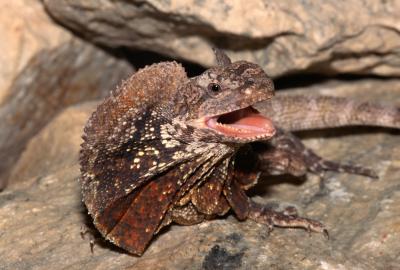 How to Tell the Difference Between Male & Female Frilled Lizards
How to Tell the Difference Between Male &
How to Tell the Difference Between Male & Female Frilled Lizards
How to Tell the Difference Between Male &
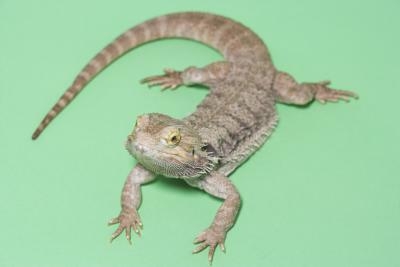 How to Keep a Wild Lizard
How to Keep a Wild Lizard
How to Keep
How to Keep a Wild Lizard
How to Keep a Wild Lizard
How to Keep
 How to Feed Chameleons
How to Feed Chameleons
How to Feed Cha
How to Feed Chameleons
How to Feed Chameleons
How to Feed Cha
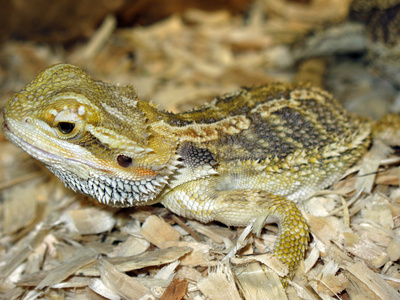 Homemade Lizard Egg Incubator
Homemade Lizard Egg Incubator
Homemade
Homemade Lizard Egg Incubator
Homemade Lizard Egg Incubator
Homemade
Copyright © 2005-2016 Pet Information All Rights Reserved
Contact us: www162date@outlook.com